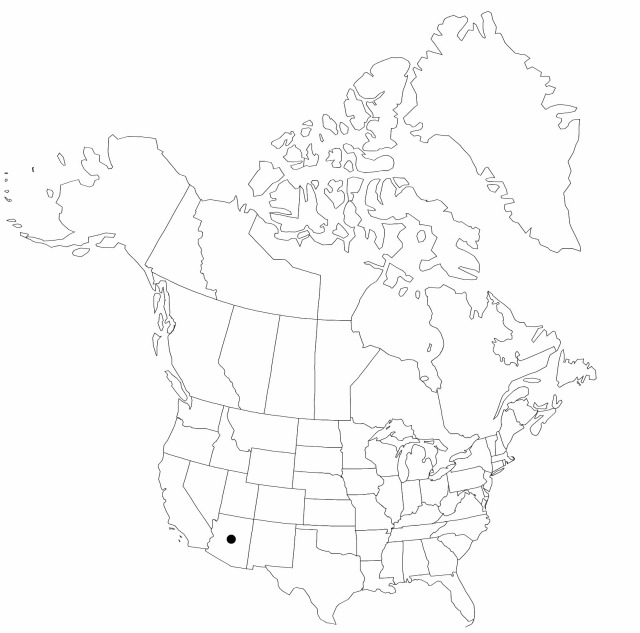Difference between revisions of "Carex endlichii"
Repert. Spec. Nov. Regni Veg. 8: 291. 1910.
FNA>Volume Importer |
FNA>Volume Importer |
||
| Line 48: | Line 48: | ||
|publication year=1910 | |publication year=1910 | ||
|special status= | |special status= | ||
| − | |source xml=https://jpend@bitbucket.org/aafc-mbb/fna-data-curation.git/src/ | + | |source xml=https://jpend@bitbucket.org/aafc-mbb/fna-data-curation.git/src/f6b125a955440c0872999024f038d74684f65921/coarse_grained_fna_xml/V23/V23_708.xml |
|genus=Carex | |genus=Carex | ||
|section=Carex sect. Phacocystis | |section=Carex sect. Phacocystis | ||
Revision as of 19:09, 24 September 2019
Plants cespitose. Culms acutely angled, 30–50 cm, scabrous. Leaves: basal sheaths red-brown, ladder-fibrillose; sheaths of proximal leaves glabrous, fronts red-brown spotted, veinless; blades 2.5–4 mm wide. Inflorescences: proximal bract subequal to inflorescence, 1–3 mm wide. Spikes erect; proximal 3–4 spikes pistillate, 2.5–4 cm × 4 mm, base attenuate; terminal 1–2 spikes staminate. Pistillate scales red-brown, shorter than perigynia, apex obtuse, awnless. Perigynia erect, orange-brown at maturity, veinless, somewhat flattened, tightly enclosing and distended by the achenes, obovoid, 2.3–2.5 × 1.3–1.5 mm, dull, apex acute, glabrous; beak white with red-brown spots, triangular, often twisted, 0.5–0.8 mm, orifice oblique. Achenes not constricted, dull.
Phenology: Fruiting May–Jun.
Habitat: Marshes, stream banks
Elevation: 0–400 m
Discussion
Of conservation concern.
One locality for Carex endlichii is known from the Chiricahua Mountains of southern Arizona; it may be present at additional sites within the flora area. The perigynium surface of the species is unique, becoming orange-brown at maturity due to the dense packing of crystalline epidermal cells. The small size of the perigynia that tightly enclose the achenes and the flattened, somewhat twisted beak suggest a relationship with C. interrupta and C. torta.
Selected References
None.

